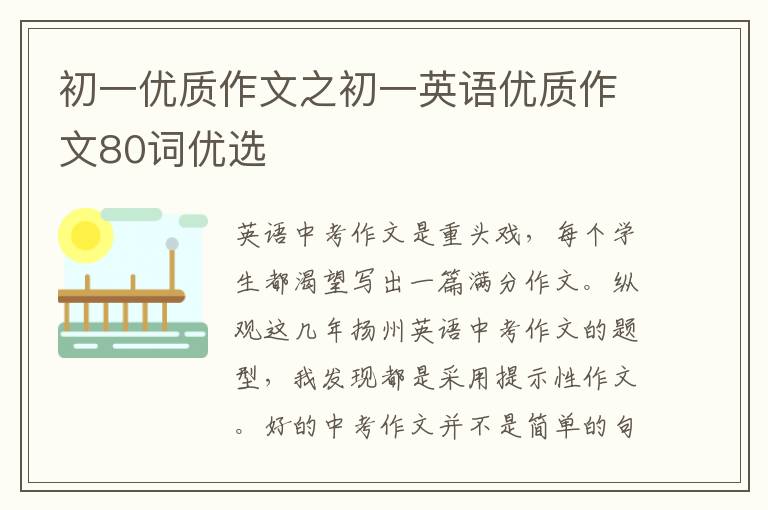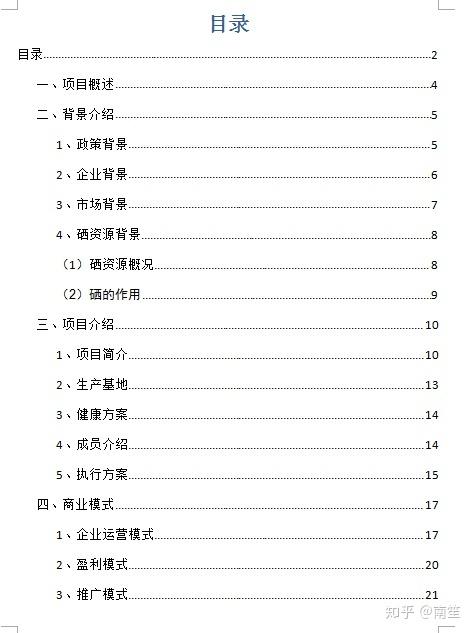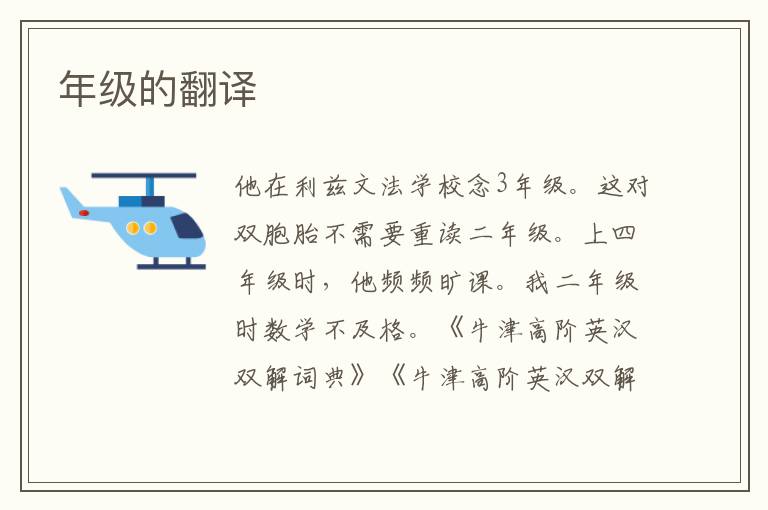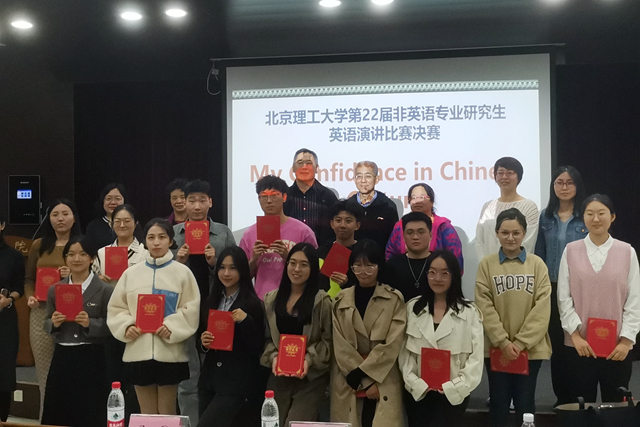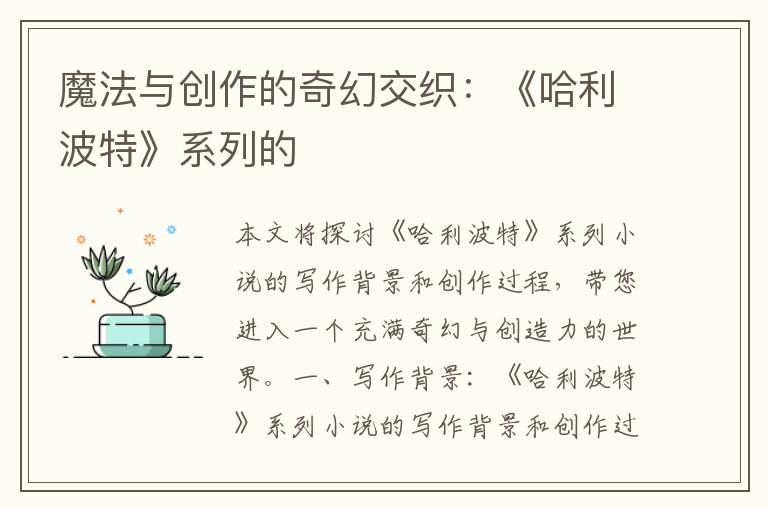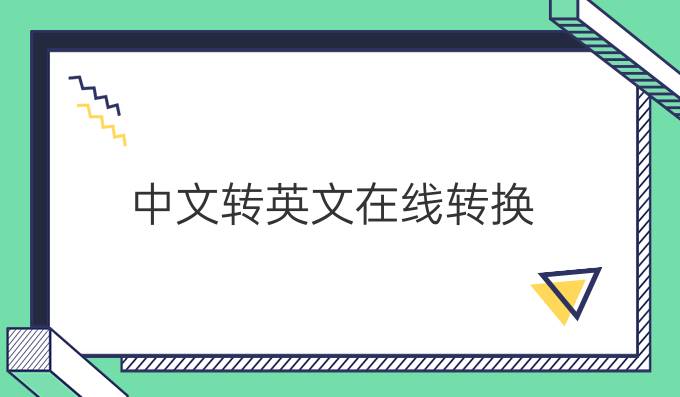2023年職稱英語考試閱讀理解解題思路名師指導

一.掌握所讀材料的主旨和大意
對主題思想的提問是閱讀理解測試的必考題。但提問方式及用詞都有差異,這類題常見提問方式可歸納如下:
1. The main idea of this passage is _______
2. This passage tells us_______
3. Which of the following statements best expresses the main idea of the passage?
4. Which of the following sentences best summarizes the authors main point?
5. Which of the following best states the theme of the passage?
6. The subject matter of this selection is ______
7. The passage mainly discusses_______
8. This passage illustrates ______
9. This paragraph centers / focuses on ______
10. This passage mainly deals with ______
11. This passage is chiefly concerned with ______
12. The authors purpose in writing this passage is _______
13. What is the passage mainly about?
14. What is the best title of the passage?
15. The major point discussed in the passage is
解答這一類題目的基本方法如下:
A.找主題句。
首先要讀標題。主題句一般位于文章或段落的開始,在解題時,凡是與主題句意思最接近的選項必然是正確的答案。
B.概括和歸納出主題思想。
實際上,在閱讀理解測試部分有的文章是沒有主題句的。概括主題可以從歸納每段的要點開始,最后將各段要點集中概括并歸納出全文的主題思想。
二.了解闡述主旨的事實和細節
一般會引用事實、或分析原因、或對比事物間的關系等以論證論點。
常用有兩種:
1、要求找出文章中的重要事實或細節,常與who,when,where,which或why有關。
2、辨認哪些細節在文章中沒被提及,常有except,not,least等。
回答這類題目,讀者要:通讀全文、掌握文章的中心大意的基礎上,首先,看懂問題,明確問的是什么,然后,按照題意尋讀,找到答案根據。
三.利用上下文猜測某些詞匯和短語的意義
完整的語篇中,單詞和詞組的意義受特定的情景、上下文限制,因此可以根據上下文,并利用所掌握的句法、構詞法和詞匯等確定它們的意義。掌握這一基本技能不僅能幫助讀者從詞或詞組的多種義項中選擇符合上下文的解釋,而且往往還能推測某些生詞的大致意思。
常見的這類題型有:
1. The word ... in line ... refers to ______.
2. The expression ... is closest in meaning to
3. In line.., the word ... most probably means ________
4. In line.., the word ... could best be replaced by _________
5. By ... the author means _________
6. The word ..., as used by the author, most nearly means ________
7. In this passage, the word ... means
8. ... in the context of the passage refers to ???_________
9. ..., as used in the passage, can best be defined as _________
四.既理解個別句子的意義,也理解上下文之間的意義關系
學員們對文章個別句子好像是理解的,但由于不理解它與上下文中其他句子的邏輯關系,因而整篇文章講的是什么則不能準確掌握。在閱讀理解測試中,但從考核目標和內容來看,要求學員準確理解一些有關聯的句子之間的邏輯關系
。
1. Which of the following may cause/lead to ... according to the passage?
2. Sb. is asked/advised to do sth. Because ________.
3. The aim of... is/was ______.
4. The best solution for ... seems to be ________
5. is specifically mentioned in paragraph ... as an example of _______.
6. The author argues that a teachers chief concern should be ________
7. According to the passage/author, people differ in their opinions about .
8. encourages the use of sth. so that _______
9. According to the passage the new device proved to be _________
10. Which of the following best characterizes the main feature of... ?
五.根據所讀材料進行判斷和推論(難度比較大)
對理解字里行間的言外之意以及作者的觀點、寫作意圖和態度十分重要,要求考生推斷文章的含義和引申意思;判斷所節選文章的某一部分的內容要點;有時甚至要求推斷作者的身分。
下面是判斷、推理的一些常見的表達方式:
1. What is implied in the sentence ... ?
2. It is implied in the passage that
3. The passage implies / suggests that
4. It can be inferred/seen/concluded from the passage that
5. Which of the following can be inferred from this passage?
6. Which of the following can be concluded from this passage?
7. Which of the following conclusions could best be drawn from the passage?
8. Based on the passage, we can assume that
9. We can learn from the passage that the author is
10. In Which of the following publications would this passage most likely be printed?
11. The paragraph following the passage would most probably discuss
12. What would the paragraph preceding this passage probably discuss?
六.領會作者的觀點、意圖和態度
回答這類題首先要在閱讀過程中注意體會和覺察作者的觀點、意圖和態度。這種信息有時是直接表達的,但更多的是間接、含蓄的流露。作者的主觀情感和態度往往和全文的主題和要點相關聯。
一.掌握所讀材料的主旨和大意
對主題思想的提問是閱讀理解測試的必考題。但提問方式及用詞都有差異,這類題常見提問方式可歸納如下:
1. The main idea of this passage is _______
2. This passage tells us_______
3. Which of the following statements best expresses the main idea of the passage?
4. Which of the following sentences best summarizes the authors main point?
5. Which of the following best states the theme of the passage?
6. The subject matter of this selection is ______
7. The passage mainly discusses_______
8. This passage illustrates ______
9. This paragraph centers / focuses on ______
10. This passage mainly deals with ______
11. This passage is chiefly concerned with ______
12. The authors purpose in writing this passage is _______
13. What is the passage mainly about?
14. What is the best title of the passage?
15. The major point discussed in the passage is
解答這一類題目的基本方法如下:
A.找主題句。
首先要讀標題。主題句一般位于文章或段落的開始,在解題時,凡是與主題句意思最接近的選項必然是正確的答案。
B.概括和歸納出主題思想。
實際上,在閱讀理解測試部分有的文章是沒有主題句的。概括主題可以從歸納每段的要點開始,最后將各段要點集中概括并歸納出全文的主題思想。
二.了解闡述主旨的事實和細節
一般會引用事實、或分析原因、或對比事物間的關系等以論證論點。
常用有兩種:
1、要求找出文章中的重要事實或細節,常與who,when,where,which或why有關。
2、辨認哪些細節在文章中沒被提及,常有except,not,least等。
回答這類題目,讀者要:通讀全文、掌握文章的中心大意的基礎上,首先,看懂問題,明確問的是什么,然后,按照題意尋讀,找到答案根據。
三.利用上下文猜測某些詞匯和短語的意義
完整的語篇中,單詞和詞組的意義受特定的情景、上下文限制,因此可以根據上下文,并利用所掌握的句法、構詞法和詞匯等確定它們的意義。掌握這一基本技能不僅能幫助讀者從詞或詞組的多種義項中選擇符合上下文的解釋,而且往往還能推測某些生詞的大致意思。
常見的這類題型有:
1. The word ... in line ... refers to ______.
2. The expression ... is closest in meaning to
3. In line.., the word ... most probably means ________
4. In line.., the word ... could best be replaced by _________
5. By ... the author means _________
6. The word ..., as used by the author, most nearly means ________
7. In this passage, the word ... means
8. ... in the context of the passage refers to ???_________
9. ..., as used in the passage, can best be defined as _________
四.既理解個別句子的意義,也理解上下文之間的意義關系
學員們對文章個別句子好像是理解的,但由于不理解它與上下文中其他句子的邏輯關系,因而整篇文章講的是什么則不能準確掌握。在閱讀理解測試中,但從考核目標和內容來看,要求學員準確理解一些有關聯的句子之間的邏輯關系
。
1. Which of the following may cause/lead to ... according to the passage?
2. Sb. is asked/advised to do sth. Because ________.
3. The aim of... is/was ______.
4. The best solution for ... seems to be ________
5. is specifically mentioned in paragraph ... as an example of _______.
6. The author argues that a teachers chief concern should be ________
7. According to the passage/author, people differ in their opinions about .
8. encourages the use of sth. so that _______
9. According to the passage the new device proved to be _________
10. Which of the following best characterizes the main feature of... ?
五.根據所讀材料進行判斷和推論(難度比較大)
對理解字里行間的言外之意以及作者的觀點、寫作意圖和態度十分重要,要求考生推斷文章的含義和引申意思;判斷所節選文章的某一部分的內容要點;有時甚至要求推斷作者的身分。
下面是判斷、推理的一些常見的表達方式:
1. What is implied in the sentence ... ?
2. It is implied in the passage that
3. The passage implies / suggests that
4. It can be inferred/seen/concluded from the passage that
5. Which of the following can be inferred from this passage?
6. Which of the following can be concluded from this passage?
7. Which of the following conclusions could best be drawn from the passage?
8. Based on the passage, we can assume that
9. We can learn from the passage that the author is
10. In Which of the following publications would this passage most likely be printed?
11. The paragraph following the passage would most probably discuss
12. What would the paragraph preceding this passage probably discuss?
六.領會作者的觀點、意圖和態度
回答這類題首先要在閱讀過程中注意體會和覺察作者的觀點、意圖和態度。這種信息有時是直接表達的,但更多的是間接、含蓄的流露。作者的主觀情感和態度往往和全文的主題和要點相關聯。



